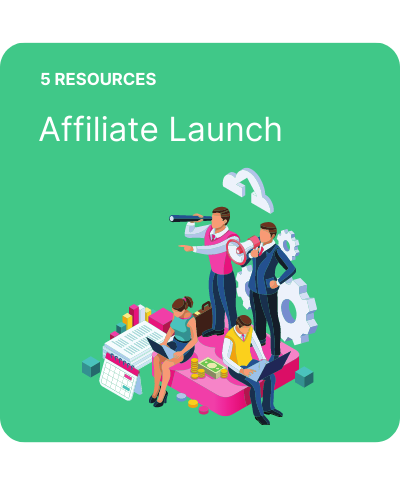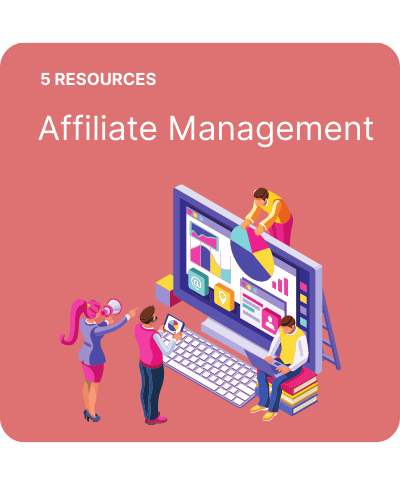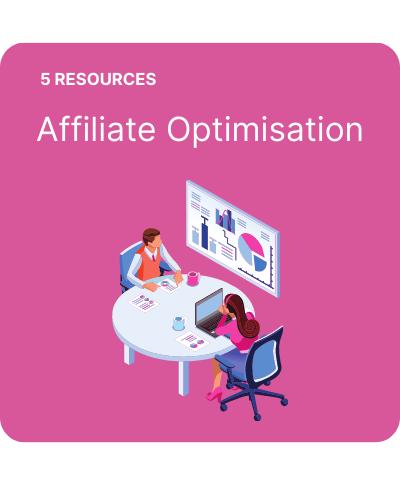Affiliate Payment Models
If you have just launched or looking to launch an affiliate program. Knowing how you will be incentivising your partners will drive your recruitment and keep orders ticking over.
An overarching affiliate strategy should be about creating an attractive affiliate program that partners want to promote. Whilst continually giving them the chance to earn strong commissions.
Remember, as long as your profit margins are secure. Driving more orders is exactly what every company wants from their program.
There is no point promising the world to the affiliates, only to take it away from them. Affiliates don’t want to build up momentum with a brand, spending time and effort promoting them. Only to be told a month or two later that all commissions are being dropped to a lower rate.
Here are some of the different ways that you can reward the affiliates on your program.
Cost Per Sale (CPS)
CPS is sometimes referred to as cost per acquisition (CPA) and is the most popular payment model in the affiliate channel.
Simply put, this model results in you paying your affiliates a percentage of the order amount.
Typically this is a sale amount minus VAT and delivery, although not always.
What this percentage amount is, can vary and you might want to offer different rates for a myriad of different reasons. Such as:
- Publisher Type
- Product/Category Purchased
- Sales Value
- Voucher Code Used
Taking into consideration the above will help to map out your affiliate strategy against your internal profit margins.
Should you want to incentivise content partners can you afford to pay them a higher percentage?
This should all be planned out before the launch of your program. But, should you be in charge of an affiliate program that has been around longer. A refresh can help to re-energise partners and drive more orders.
Cost Per Lead (CPL)
CPL is a prevalent payment model within industries like insurance. It entails paying an affiliate for a qualified lead. That lead could be a free trial customer or newsletter signup. Either way, the payment is normally a fixed fee amount.
Waldo, the contact lens supplier, for example, offers a £5 reward for every qualified lead.
With all affiliate programs, there is an importance of clear terms and conditions and compliance with these rules. CPL can often be subject to abuse from a select number of affiliates trying to manipulate the system.
I would stress that any reward should be based on a 1 per customer signup ratio. In addition, checking IP addresses can help weed out any suspect activity.
Cost Per Call
Service led companies could benefit hugely from a cost per call affiliate program. But, the closure of stores over the past few years has seen more brands look to calls as a way to reward affiliates for driving customers to them.
Payment is normally linked to two models. The first is a payment linked to the length of the call, the second is a one-off reward for a call. The former I would argue is the better solution as it could show a more engaged customer.
Seek out an affiliate network that offers this payment. Some, might not offer it as standard or charge an additional fee to set up. If this is going to be a key order driver for you, then don’t accept paying for the benefit of running it.
Cost Per View (CPV)
Not the most common model, cost per view or cost per impression rewards affiliates for impressions of a banner or ad.
Also known as CPM, the affiliate commission typically revolves around a cost per thousand metric. The affiliate receives a set amount for every thousand views.
Bounties
Often, it isn’t enough to just give affiliates a one-dimensional payment model based on their actions on your site.
To incentivise a wider breadth of partners, it could be a good idea to introduce weekly or monthly bounties.
Some affiliates might find it difficult to compete with larger partners and end up becoming disinterested in your company. You can help to keep them engaged by offering them the chance to earn a bounty for hitting individual targets.
Examples of bounties might be a higher commission for hitting a monthly sales volume. Or, a first sales bonus to get the affiliates incentivised immediately after joining the program.
Recruitment Bonus
A model that a lot of programs aren’t familiar with, is rewarding your affiliates for recruiting new partners.
Many affiliates, especially those that are serious about affiliate marketing join communities and converse with other marketers. You can utilise this to your advantage and ask them to recruit new affiliates for you.
As a thank you, some programs give the recruiting affiliate a percentage of the new partner’s commission. Or, they give them a one-off sign up bonus as a reward.
Conclusion
The affiliate payment model you choose for your program can be based on numerous factors. These can include your company vertical, customer acquisition model and profit margin.
Also, there is no reason why you can’t employ a few different models. As long as your team or network can handle (even automate) the payouts, varying models can help engage and incentivise partners.
Take some time to see how your program would compare against your competitors and what would turn your affiliates head. Without active affiliates you have no program, so keep them at the heart of all your decision making.



